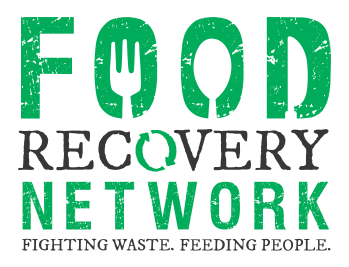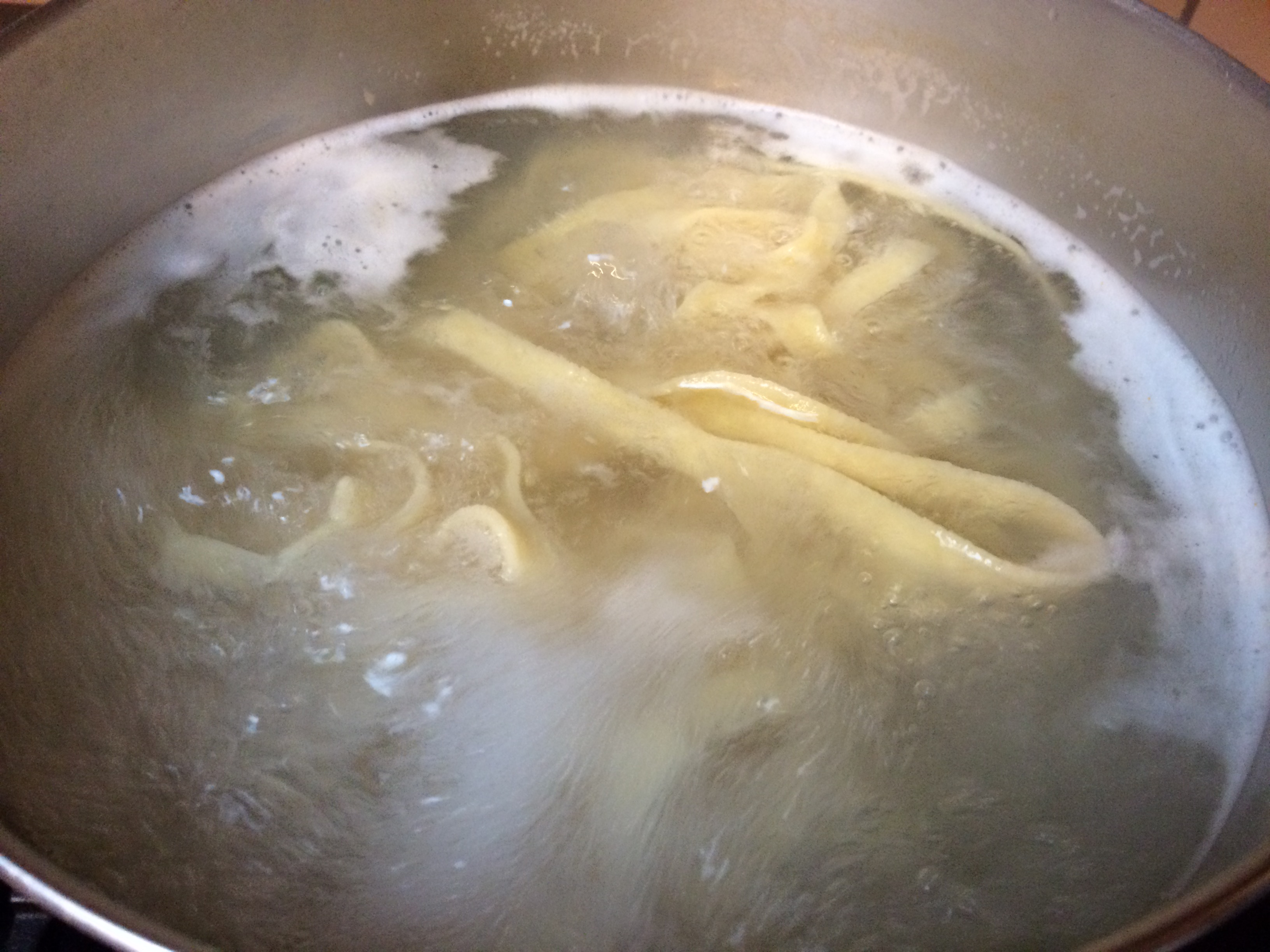Food Rescue and Redistribution
Food Redistribution
We’ve talked in the past about many different ways to keep good foods from heading to the landfills. Besides our constant talk about using foods that a manufacturer may consider “expired” we’ve also mentioned using all parts of foods, buying misshapen veggies, repurposing foods, substituting foods for those readily available, shopping at salvage stores and donating to food banks. These are all great ways to keep foods from being wasted. There are so many ways that individuals can help save foods within their reach from an early demise.
Now we want to mention saving foods from larger scale kitchens where interested individuals can still get involved to help the food rescue cause. Maybe you’re already doing all you can at home, but would like to get involved on another level. Food redistribution basically takes from those who have too much and gives to those with too little. This basic robin-hood process has become very organized with non-profit groups leading the way and making it easy for anyone to get involved in one way or another. They’ve even got phone apps to make the actual process of helping extremely smooth and easy for volunteers.

Food Rescue
More Ways to Save Food from the Landfill
There is at least something, whether large or small, that everyone can feel comfortable about doing to help the cause of diminishing food waste. These are not food banks that store food. This food is all ready to eat, healthy and quite perishable. It needs to be received and used ASAP! We’re going to mention a few programs that are making a difference, but not to worry if you don’t live in one of these areas, there are plenty more in other areas and opportunities to begin new programs where they are missing (which we’ll provide help with further down).
In the San Francisco Bay area, where large corporate cafeterias and conferences are the norm, there is an organization that rescues excess food and delivers it to non-profit organizations that can then redistribute this leftover food. The group is the Peninsula Food Runners. Volunteers visit corporations with cafeterias such as Facebook, Google and LinkedIn and then carry their healthy perishable foods to non-profit groups such as the Sunnyvale Cold Shelter and the Salvation Army. In 2018, this organization moved 2.1 million pounds of quality food.
In college, another spot with large cafeterias, students created the Food Recovery Network that recovers foods that were previously trashed. Check if your university is involved and if not, encourage them to join the program.
In Michigan, Food Rescue of Michigan has partnered with Goodwill to provide free, same day delivery of donated foods to places in need. They have their own trucks & drivers to stop at stores, but can always use more hands to ride along and help.
In Denver, there is a program that gathers perishables and creates no cost grocery stores for families in need to come and shop for free.
In Pittsburg, 412 Food Rescue is a growing digital network that uses volunteers to shuttle surplus food directly from retailers to needy nonprofits. They launched in 2015 and have already redirected about 4 million pounds of food. They plan to be in 20 cities by 2020.
In Boston and New York City, there’s an app that tells which local restaurant has too much food left over near closing time. If you live in either of these areas, then check it out. This app allows you to order food for at least 50% off menu prices and then have it waiting for pick up. This food would otherwise be tossed into the trash. Yet another extremely painless way to help. A late dinner for a deep discount sounds quite appetizing to us after a late busy day!
There are also programs that deal with freshly grown
product that doesn’t get purchased.
In Boulder, CO there is the
Community Fruit Rescue
that takes surplus from orchards and trees and
distributes it to shelters.
Anywhere (Online) – Hungry Harvest recovers produce on the east coast that is either excess or imperfect and then ships it to both subscribers and charities.
The above listed programs are just a sampling of the different organizations available that are putting a dent in the food waste problem using the food rescue and redistribution solution. The U.S. Environmental Protection Agency (EPA) has compiled a list of programs by region that is hopefully ever growing to include all areas.
Most existing food rescue networks use phone apps to let volunteers know where excess food is located and where it is needed. To research different apps that are useful with helping with the food waste cause, here is a list.
Think about joining this cause, whether in a big city where an existing organization can be joined or in a small town where excess could be searched out and then redistributed to a local place in need. To get involved, check the EPA list mentioned above to see if there’s a local spot that needs help. If nothing exists in your area then think about what you can do on a smaller scale in your neighborhood. Maybe offer to stop at the local bakery after work and deliver their leftovers to your local church or non-profit for distribution. There is still plenty of opportunity out there.
If you are a grocer, or have any influence at a store that sells groceries, be sure that they are aware of the Grocery rescue program developed by Second Harvest Food Bank. This program helps recover healthy foods from local stores, especially those that carry “use-by” dates making them a little more time critical to distribute. This program helps redistribute foods such as: Meat, Dairy, Deli, Produce, Frozen and Refrigerated foods (and, of course, they will also take all those shelf stable items that all food banks need). So, if you are a grocery retailer that could benefit from tax advantages and reduced disposal costs while also helping the community, please call 408-266-8866 ext. 102 or email fooddonor@shfb.org. [1].
Food Rescue
Additional Information
To find out more about all the details pertaining to the food redistribution system, even if you don’t live anywhere near San Francisco, the Peninsula Food Runners website that we mentioned above has an excellent FAQ that also answers some general practice questions like liability and tax issues associated with this type of food redistribution system. This detailed website is a great place to start researching ways to help with food redistribution.
Did you know that you can donate outdated foods to food banks?










